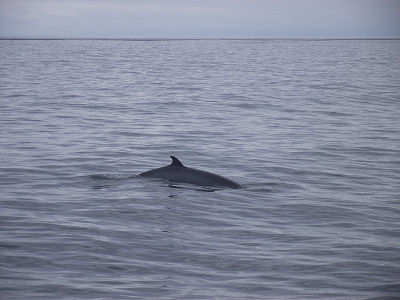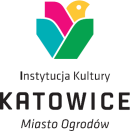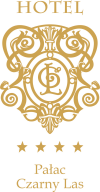|
Strona archiwalna!
Ta strona zawiera treści archiwalne, które nie były zmieniane po 23 września 2019 r. Jeśli chcesz wiedzieć więcej zapoznaj się z deklaracją dostępności
|
||||||
archiwum
 2006 2006
 2008 2008
 2010 2010
 2012 2012
 2014 2014 |
||||||

| ||||||
 |
 |
|||||

|
||||||
| strona główna założenia regulamin kalendarium wskazówki pobierz jury rejestracja zgłoszone projekty galeria gallery | archiwum kontakt | |||||
Description popularizing the research project< Everyone dreamed of having a pet once. A pet to love, feed, observe it while playing, eating, sleeping, cleaning, and with a bit of luck and patience, while caring for offspring. We also want the pets to show joy seeing their master and recognize each other from afar. In the dreams puppies, kittens, hamsters, mice and other fluffy rodents play, although Polish literature of Romanticism knows a case when a crocodile was dreamt of. Chances of having own pet minke whale are definitely slim. Abstract Cetacean monitoring project was held in Faxafloi Bay using whale-watching boat provided for tourists as a research platform. The research project is coordinated by University of Iceland and Elding whale-watching which is an unique opportunity for cooperation between science and business. Each survey was recorded with GPS, meteorological observations were carried out and all cetaceans were recorded (observed and photographed). During the project the following species were sighted: minke whale (Balaenoptera acutorostrata), harbour porpoise (Phocoena phocoena), white-beaked dolphin (Lagenorhynchus albirostris). Detailed behavioural observations were carried out focusing on feeding behaviuor. It is a crucial issue, because waters surrounding Iceland are cold, but in the summer months day-light is available almost 24hours a day (polar day). It makes the areas perfect feeding grounds. Yet the waters are too cold to give birth to the next generation of minke whales so they migrate south, to the warmer waters. Dolphins and harbour porposies stay in the coastal waters the whole year round. Presence of ceataceans was correlated with presence and feeding behaviour of seabirds, such as fulmar (Fulmarus glacialis), arctic tern (Sterna paradisaea) or gannets (Morus bassanus). One of the main goals of the project was to create a catalogue of the observed animals to reidentify them in the future. Based on this data, the population size of each species was calculated and individuals coming back were monitored. Minke whale catalogue has been held since 2008 and contains more than 400 individuals. The project also has quite big practical significance due to creating a possibility for tourists to talk to scientists and learn something about the research they carry out. It results in a more efficient campaign against whaling which has not been banned in Iceland yet.
|
|
|||||


 Catch me if you can - minke whale hunted with camerao
Catch me if you can - minke whale hunted with camerao










